Bear activity in Nelson drops in 2017 but still well above average
Calls regarding problem bears are down this year compared to last year in the city but are still well above previous years, says the region’s WildSafe BC coordinator.
David White said the quandary of bears in the city right now is around 80 calls, down from the nearly 200 the city withstood last year, but still above the 35 average from 2013 to 2015.
“It doesn’t mean that bear activity could not significantly ramp up for the remainder of this year … but it does look like bear activity this year is significantly lower at this same time than last year, but still higher than previous three years,” he said.
The numbers come from Report-A-Poacher (RAP) line reports, and the data is recorded for single calls with no idea of what the nature of the call is — garbage, etc. — or of the bear was destroyed, White noted.
“But it is a good indication of bear activity in the city,” he said.
Coun. Michael Dailly was still curious about how the numbers were reported.
“Was this a few bears that got reported a number of times? It would be nice to distinguish that in the report,” he said.
“That’s hard to distinguish,” White replied. “That is basically just people calling in and wanting something done,” he said. “But it would be the same for every year … you could always get multiple calls about the same bear.”
Along with Chris Gainham, manager of Municipal Services, White gave an overview of bear activity this year, as well as an update on the bear resistant garbage receptacles.
After city council decided to participate in the human-bear conflict reduction program, the Human/Bear Conflict Working Group (HBCWG) arranged the purchase of 100 bear bins and sale to citizens of Nelson at cost — with bins already ordered and delivery expected by mid October. Gainham said the cost would be around $205 per bin.
Members of the HBCWG had asked the city for funding to purchase a large amount of bear resistant garbage bins to be distributed to all WildSafe BC coordinators in the RDCK.
In July city council approved participation in the Human/Bear Conflict Reduction Project by pledging a contribution to the maximum of $25,000 on a cost recovery basis towards the project — meaning that the money collected for sale of the bins is provided back to the city. The budget total for the program itself to operate is $22,763.43.
The HBCWG began a pilot project in cooperation with the BC Conservation Foundation (BCCF) in 2015 and 2016. The pilot included the purchase of bear resistant garbage bins which were distributed to residents in the RDCK since 46 per cent of human/bear conflict reports — 1,888 out of 4,076 reports — from 2010 to 2016 involved unsecured garbage attractants.
Getting a handle on bins
Under the terms of the project the bins are to be sold to private residents based on necessity. Locations for the garbage bins distribution will be prioritized by conservation officers and WildSafe BC coordinators based on statistics on previous and ongoing human and bear conflicts in residential areas compiled by conflict call centres.
In the previous two years, the cost share price was $132 for 32-gallon bins and $197 for 64-gallon bins. According to the HBCWG, in certain areas such as RDCK areas E and F, demand for the bins exceeded the supply.
“A supply of bear resistant containers can fill the gap in the small percentage of homes that don’t have the luxury of safe storage of waste,” noted the HBCWG report.
The HBCWG will provide management and administration of the program, while the B.C. Conservation Foundation will direct WildSafeBC coordinators to distribute the bins. Conservation officers will store and distribute the bins to WildSafeBC coordinators.
The bear necessities of facts
According to statistics, in 2016 47 bears were killed in West Kootenay communities due to “preventable garbage attractant issues.” As well, a large number of other bears were destroyed because they were causing safety issues in residential areas due to “becoming highly conditioned to human foods.”
The report stated that, “it only takes one residence in a populated area with a bear attractant issue to cause human/bear conflict; and therefore a public safety concern for the entire community.”
According to a city staff report the program “promotes both wildlife conservation and public safety. This program also takes a collaborative approach to an issue impacting the Central Kootenay region.”
The staff report noted the project aligned with the city’s Path to 2040 Sustainability Strategy goals and objectives “whereby council has committed to conserve indigenous plants and wildlife in natural areas and parks where local ecosystems and biodiversity are to be protected and enhanced.”


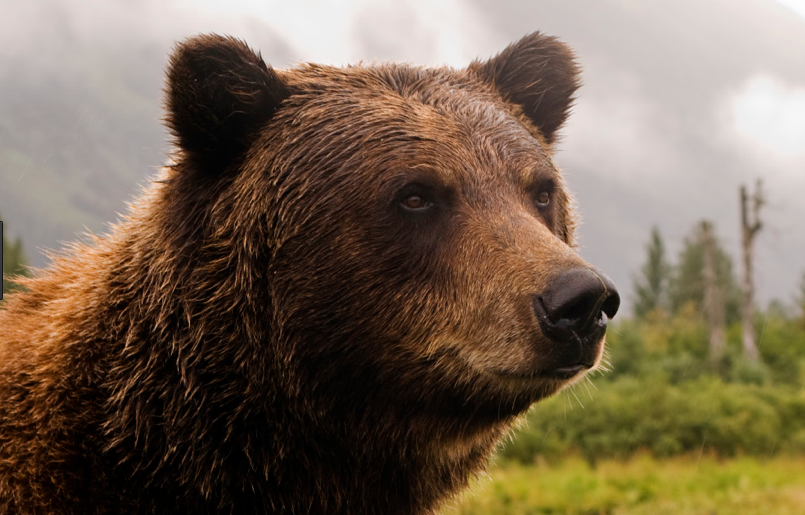
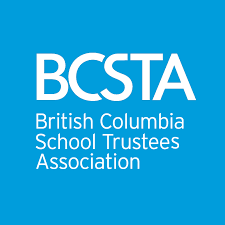
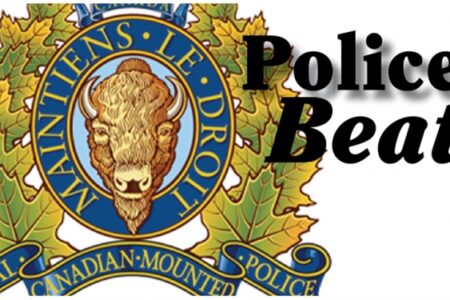
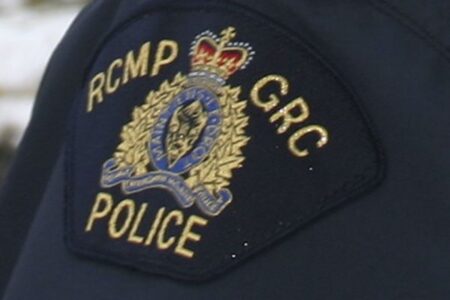


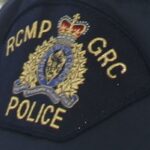







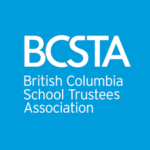
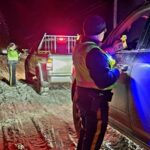
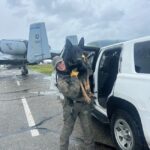






Comments